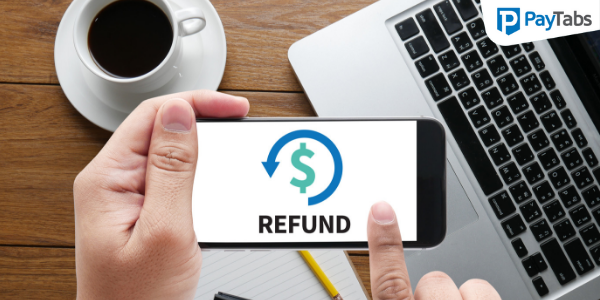6 Ways to Ensure Secure Online Payments

Today, even though so many people depend on online transactions extensively while shopping or paying bills, there are many others who are afraid of going digital. Since some myths about online payments are still out there, it can be tough for people to trust the authenticity of this payment mode.
So, as an online merchant, you need to assure your customers that the payment gateway you use is safe. Only then can you expect increased traffic and better sales. There are plenty of ways to eliminate the risks associated with online transactions and ensure secure payments. Read on to know about them.
Online Payments – The Need of Every Hour
The reason why a huge number of people go online to shop for everything from fashion garments and groceries to pet food and baby products is because, it is simple, fast and reliable. Naturally, seamless and safe online payments are what they look forward to.
So, before you take payments online, make sure you are aware of at least the basic security measures. Educate your employees and customers about the same, so that frauds and scams can be avoided as much as possible.
- Do Not Underestimate a Strong Password
Most of the times, people set obvious passwords – such as name, date of birth, mobile number – that anyone, with a little effort, can decode. Hackers are especially adept at this. So, make sure you insist that the customer provides a password that comprises of more than 6 digits including special characters, alphabets, and numbers. But at the same time, they should choose a password that they will not forget.
- Be a Trusted Website
Malicious websites can expose the customers’ personal as well as account information. So, you need to make sure that you are a trusted website. How can you achieve that? You need a valid SSL certificate for this, and make sure that the terms of services and privacy policy are clearly mentioned, and payments are processed via secure payment processors.
- Authenticate Everything
When it comes to your business and customers, it is really important to not be careless. After all, it’s really hard to grow a business and even harder to maintain a healthy relationship with your customers.
You should make sure that the transactions which are done on your website are 100% secure. Some of the ways of authenticating online payments are using two-factor authentication (2FA), using a 3D secure pin, and so on.
- Install Anti-Malware Software
The chances of getting hacked increases when your website doesn’t have any anti-malware protection. So, you should install the latest anti-malware software as it shuts down all the online attack vectors. Not only does it deal with the old malware or viruses, but takes care of new malware attacks as well.
- Secured Connection is All That You Need
Now, we don’t know if you already know this or not but you must keep your connection secure by figuring out the difference between a secure connection and an unsecured connection. The secure connection starts with https://, and the unsecured one with http://. You must install an SSL certificate to ensure a secure connection for taking online payments.
- PCI Compliance Is Important
It is very important to make sure that the cardholder’s data is safe. To ensure this, it is mandatory that the merchants fulfill all requirements mentioned by PCI SSC. Since online payments require holding and processing cardholder’s data, you must ensure that your online shopping portal is hosted on PCI-compliant servers.
Conclusion:
All in all, it is possible to secure online payments effectively if you follow the tips above. Adopting a PCI-DSS compliant payment gateway can solve your problems to a great extent. Also keep all your software updated and inform your customers about security measures for better results.






